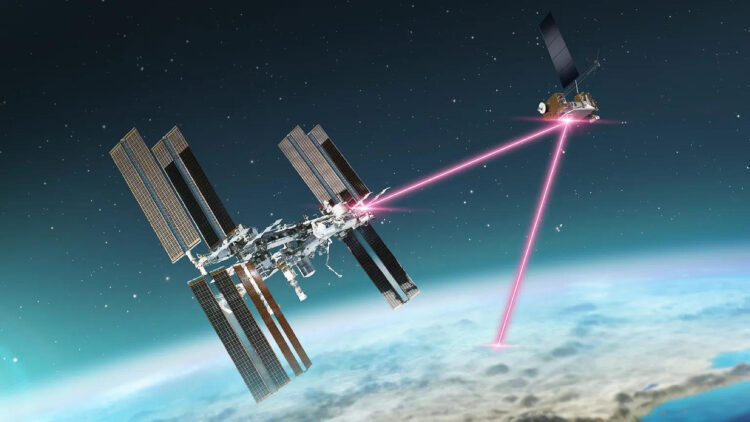Humanity’s intrigue with the cosmos has been rekindled by groundbreaking developments in space communication. NASA has successfully demonstrated a high-tech laser communication system that transmitted a signal to its Psyche spacecraft located over a staggering 290 million miles away. This achievement not only showcases advanced technology at work but also opens up new possibilities in future space exploration.
Laser communication system: A new frontier in space data transmission
NASA’s Psyche mission stands at the forefront of this technological advancement, focusing on a laser-based data transmission system that greatly surpasses traditional radio waves.
Recently, the mission achieved a major milestone by sending a laser signal to Psyche while it was 290 million miles away, equivalent to the distance between Earth and Mars at their farthest point. This accomplishment demonstrates the precision and efficacy of laser communications, with the Psyche team confirming that their tracking and pointing techniques effectively preserved data integrity over such far distances.
The success of this demonstration relied on a sophisticated setup with a flight laser transceiver and ground stations. The historic 200-inch Hale Telescope at Caltech’s Palomar Observatory in San Diego, California, served as the downlink station, while the Optical Communication Telescope Laboratory at JPL’s Table Mountain facility in nearby Wrightwood acted as the uplink station, transmitting seven kilowatts of laser power.
By harnessing the focused nature of laser beams, which minimizes data loss, NASA has proven that laser communication can handle complex scientific information and high-definition imagery. This capability is essential for future space missions beyond our immediate solar system.
What NASA’s laser communication system can achieve
The Deep Space Optical Communications demonstration achieved data transmission rates up to 100 times faster than traditional radio frequencies.
This laser technology is capable of relaying high-definition videos, sensor readings, and complex scientific data, which are important for upcoming crewed missions to planets such as Mars and beyond. At one point, even when Psyche was 33 million miles away, the system sustained a peak data rate of 267 megabits per second—comparable to broadband Internet speeds.
The experiment also featured a variety of unique data sets, such as recorded footage, art, and images, including a video of a cat named Taters, thus highlighting the system’s versatility. The successful transmission of nearly 11 terabits of data during the initial phase of this demonstration emphasizes the potential for rich communication in future interplanetary missions.
The future of deep space communication: What to expect
The implications of NASA’s laser communication system go beyond improving data rates. This cutting-edge technology can enable real-time communication for missions venturing beyond Mars into deeper space, allowing for live video feeds and high-definition imagery from distant celestial bodies. It also lays the groundwork for a potential space Internet system, linking satellites and space stations with Earth via high-speed networks.
In addition to space exploration, the progress in laser communications could benefit numerous sectors, from improving disaster response systems to boosting Internet speeds globally. It could also improve medical imaging and diagnostics, allowing for higher resolutions and faster processing times.
The Psyche mission, overseen by Arizona State University and supported by JPL, reflects the collaboration and ingenuity driving this progress. As NASA continues to push the boundaries of communication technology, the prospects for enhanced understanding of the cosmos and improved connectivity for future missions appear promising.
Resultantly, NASA’s laser communication system is a pivotal moment for humanity’s journey into space. It both enhances our capability to explore distant worlds and strengthens our connection to them. The future holds exciting possibilities for real-time data transmission and interplanetary communication. As such, we’re one step closer to unlocking the universe’s mysteries.

